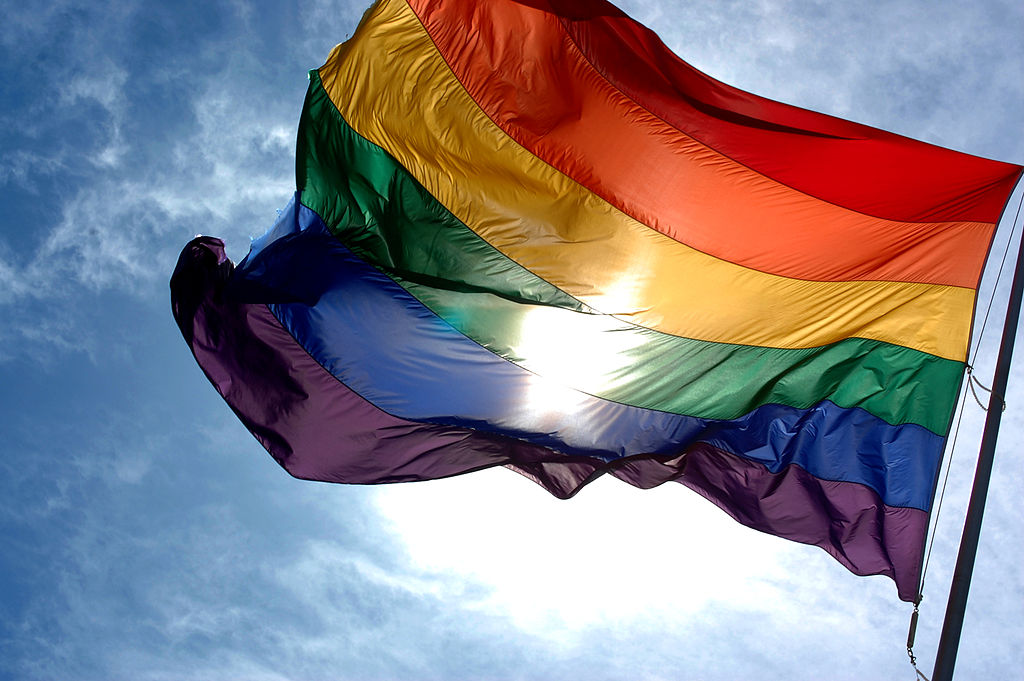Cultural appropriation draws the fine line between a cultural exchange and a new form of racism. It involves taking aspects of a group’s cultural identity to commodify and trivialize them. This act does not take into account and ignores significant parts of the group’s history and socio-political background. There are many examples of this in our society. The most common and prevalent examples are through costumes and dress like Native American headdress at music festivals and Japanese geisha costumes during Halloween.
The fine line and distinction between cultural appropriation and cultural exchange is the space they each take up. A cultural exchange occurs in a space of respect and acknowledgment of the group’s history and socio-political background. This space allows individuals to engage and to participate in a positive exchange of cultures. A common example of a positive cultural exchange occurs at weddings, wherein partners share the merging of their two cultures between family and friends in ceremonial traditions and celebrations like dance and dress. In comparison, cultural appropriation takes up a space in which the group’s complex historical background is either completely dismissed or unacknowledged. It is the difference between celebrating a culture and perpetuating harmful stereotypes.
Some have noted the difference between cultural appropriation and cultural misappropriation as a more significant distinction to be made. Through cultural appropriation you borrow and share from other cultures. However, through cultural misappropriation you take from one specific culture that has historically been oppressed and marginalized. The difference here is in the position taken up, whether it is a position of power or through a cultural group that has historically wielded power over another group.
UNESCO attempts to contribute to peace and security by promoting international collaboration through education, science, and culture in order to further universal respect. UNESCO relates cultural appropriation to cultural objects and property. The UN agency emphasizes the importance of complying with copyright law, but also not perpetuating the negative stereotypes of certain groups.
The key problem in current practices of cultural appropriation is that it is a movement backwards from present day attempts at combating and challenging systems of race based privilege and oppression. The “undercurrent” of racism in the practices of cultural appropriation perpetuates the historic marginalization of oppressed groups. Borrowing from a cultural group, specifically through music, dress, speech and style, would not be oppressive in nature if it were not occurring as an “undercurrent” but instead as an obvious form of acceptance and acknowledgement of culture.
In changing practices of cultural appropriation, it is important to move towards the inclusive nature of a cultural exchange in order to provide a space for all cultures.




